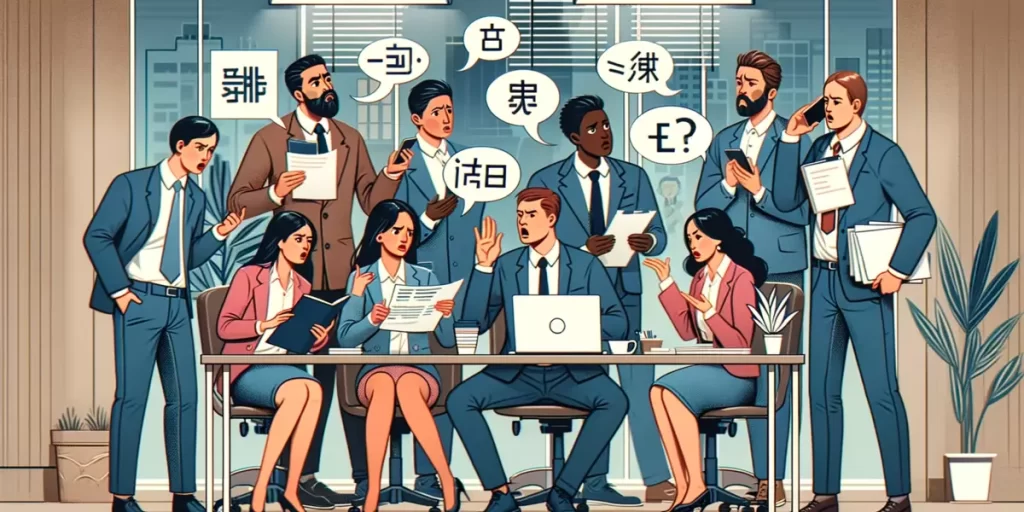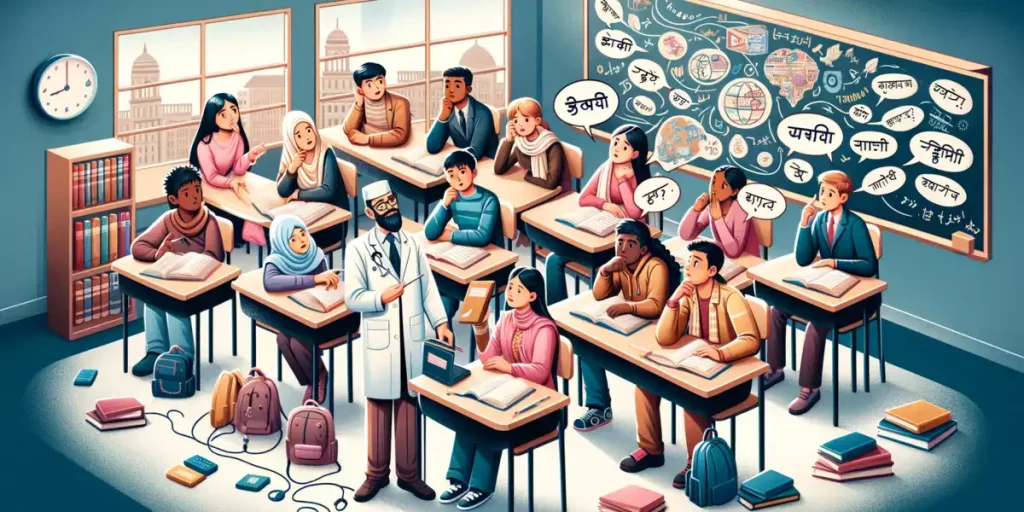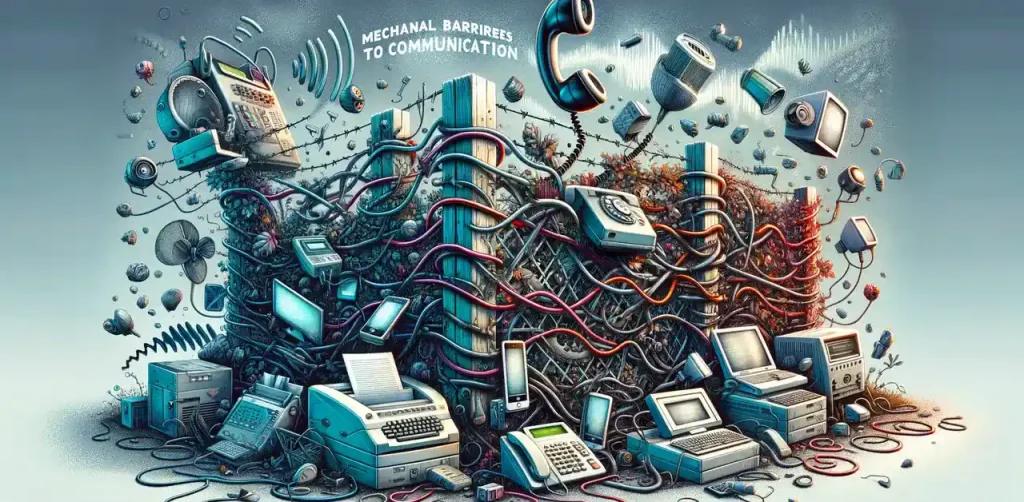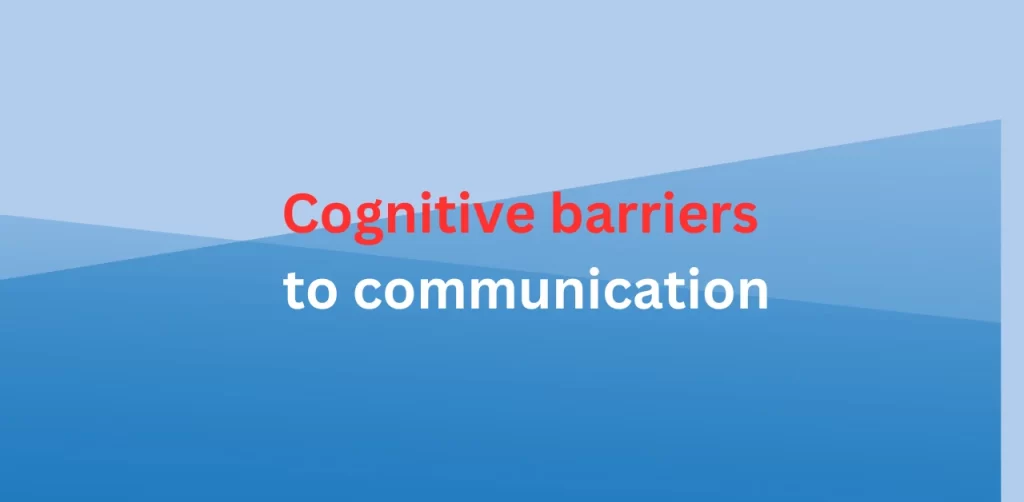Language barriers significantly complicate communication between individuals or groups who do not share a common language. This challenge is particularly problematic in multicultural workplaces, healthcare settings, and educational environments, where effective communication is essential. Misunderstandings due to language barriers can lead to frustration, inefficiencies, and even critical errors.
This article explores various types of language barriers, their impacts, and effective strategies for overcoming these challenges, supported by reputable sources and real-world examples.
Contents
What is a Language Barrier in Communication?
A language barrier occurs when individuals speaking different languages, dialects, or differing levels of proficiency in a common language struggle to understand each other. This barrier can manifest in several ways:
- Different Languages or Dialects: Individuals may speak entirely different languages or dialects with unique vocabulary and pronunciation, leading to direct communication failures.
- Varying Fluency Levels: Even when a common language is used, differing levels of proficiency can cause misunderstandings. For instance, technical jargon may alienate non-experts.
- Cultural Nuances: Language is deeply intertwined with culture. Idioms, humor, and references often do not translate well, causing confusion or unintended offense.
- Non-verbal Communication: Body language cues can vary widely across cultures, leading to misinterpretation of the intended message.

Common Types of Language Barriers
- Dialect and Jargon: Regional variations and technical language can hinder understanding between individuals from different areas or professions.
- Body Language: Different cultural interpretations of body language can lead to miscommunication. For instance, direct eye contact is seen as respectful in Western cultures but may be viewed as disrespectful in some Asian cultures.
- Different Languages: This barrier is common in international settings where individuals from different language backgrounds interact.
- Language Disabilities: Hearing or speech impairments can complicate effective communication, necessitating additional support.
Impacts of Language Barriers
Language barriers can have significant consequences in various settings. For instance:
Healthcare
Miscommunication can cause treatment delays and misdiagnoses. Research from the American Journal of Public Health indicates that patients with Limited English Proficiency (LEP) experience lower satisfaction and safety in healthcare settings when effective communication is lacking.
Education
Language barriers can hinder learning and academic performance. A study from the Journal of Language and Linguistic Studies found that students with language barriers struggle to keep up with their coursework.
Business
Effective communication is crucial for building relationships with clients. Language barriers can lead to misunderstandings, impacting profitability and collaboration.

Strategies for Overcoming Language Barriers
To enhance communication across language divides, consider the following strategies:
- Language Training: Offer language courses to employees or students. An example is the global tech company SAP, which provides language training to foster a more inclusive workplace.
- Use Technology: Employ translation apps (e.g., Google Translate, Duolingo). Companies like Airbnb successfully utilize real-time translation technology to enable hosts and guests to communicate better.
- Hire Interpreters/Translators: For critical discussions or meetings, consider professional interpreters to ensure accurate communication.
- Visual Aids: Use charts, images, and diagrams to aid understanding, particularly when language fails. Visuals can cross language barriers effectively.
- Simplified Language: Avoid jargon and idiomatic expressions. Utilize clear, concise language to make communication straightforward.
- Cultural Sensitivity Training: Providing training on linguistic and cultural differences can foster an understanding environment, lessening misinterpretations. Companies like Coca-Cola have implemented such training to improve multinational team collaborations.
- Feedback Mechanisms: Encourage feedback to verify understanding, thereby reducing the risk of miscommunication.
Language Barriers vs. Linguistics Barriers
While often used interchangeably, “language barriers” and “linguistic barriers” refer to different aspects of communication challenges:
| Aspect | Language Barriers | Linguistic Barriers |
|---|---|---|
| Definition | Practical inability to communicate due to different languages or levels of proficiency. | Issues affecting deeper understanding, typically tied to language structure and cultural interpretation. |
| Examples | Spanish and English speakers needing an interpreter. | Confusion due to idiomatic expressions or different grammatical structures. |
| Solutions | Language courses or live interpreters. | Cross-cultural training or understanding linguistic nuances. |

Conclusion
Language barriers pose significant challenges that can affect communication, leading to misunderstandings and missed opportunities. However, with the right tools and strategies—such as language training, technology, cultural sensitivity, and visual aids—individuals and organizations can overcome these challenges, fostering more effective communication and collaboration across diverse linguistic landscapes. By understanding and addressing the various types of language and linguistic barriers, we can create environments that are inclusive and conducive to success in an interconnected world.
FAQ
Boko Ducky has over 10 years of experience in helping individuals and organizations improve their communication skills.




